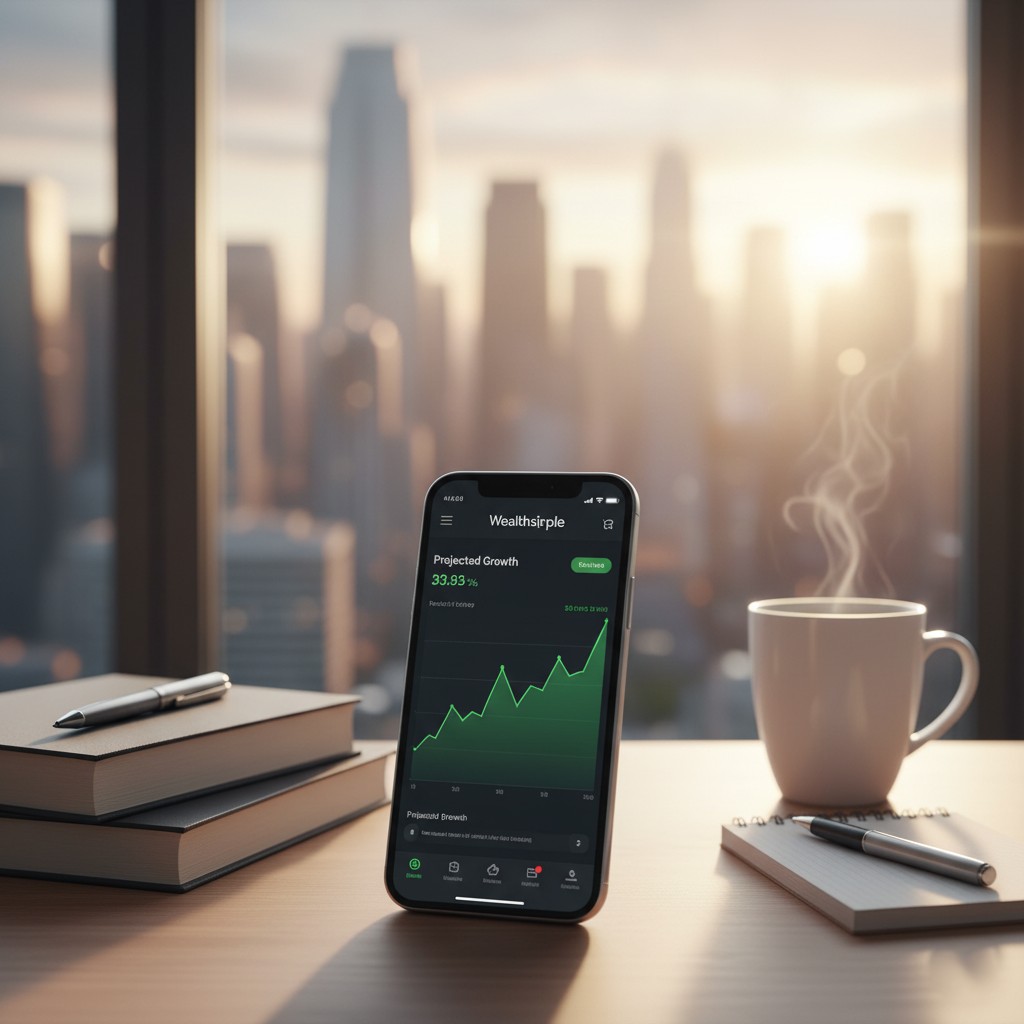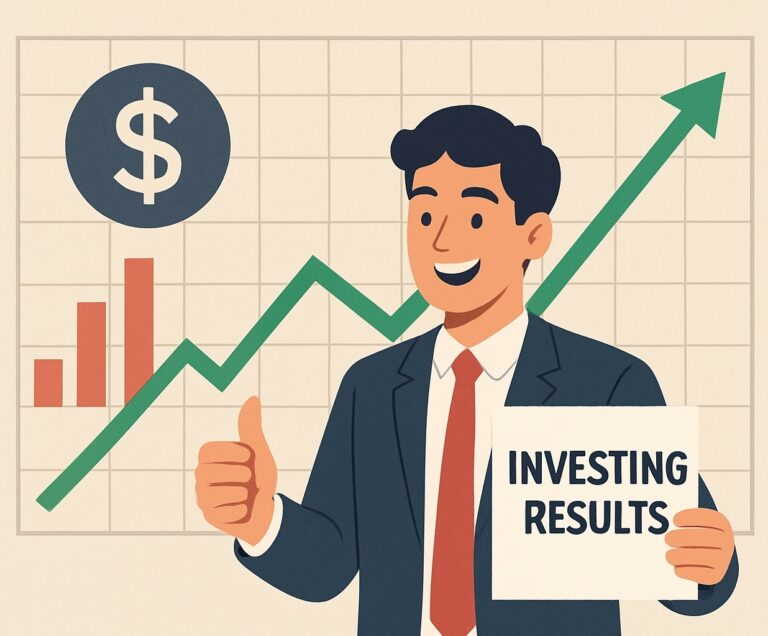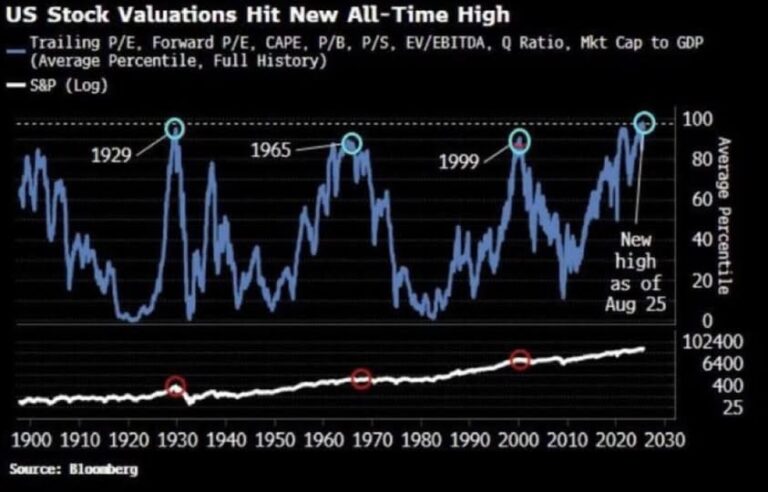What is the purpose of investing: A practical guide for those who can invest from $50 to $2000 per month
Investing is not a luxury for the chosen few, but a real tool available to anyone who wants to protect their money from inflation, grow their capital, and achieve financial independence. I started investing recently, although I had been thinking about it for a long time and now regret not starting in my youth. In this article, we will take a detailed look at why it’s important to invest, what options are available to people with different budgets (from $50 to $2000 per month), and we’ll provide practical examples and investment calculations.
1. Why everyone needs to invest
- Inflation “eats” money If you just keep your money in an account or at home, its purchasing power decreases every year due to inflation. For example, with an inflation rate of 3%, in 10 years, $10,000 will turn into $7,400 in real value.
- Compound interest is the power of time Investing allows you not only to save but also to grow your money. The effect of compound interest (when profit brings new profit) works better the earlier you start.
2. What investments are available to those who can invest $50–$2000 per month
- 2.1. ETFs (Exchange-Traded Funds)
- Accessible with any amount.
- Provide diversification even for an investor with $50/month.
- Example: S&P500 ETF (VOO, SPY, IVV) covers the 500 largest U.S. companies.
- 2.2. Individual Company Stocks
- Minimum entry is the cost of 1 share (on Wealthsimple or Interactive Brokers you can buy fractional shares).
- Example: an investor with $2000/month can build their own portfolio of top companies.
- 2.3. Bonds
- A safer option, but with lower returns (~3–5% annually).
- Suitable for the conservative part of a portfolio.
- 2.4. REITs (Real Estate Investment Trusts)
- Provide income from real estate without needing to buy an apartment or office.
- Returns of 6–8% annually.
- 2.5. Pre-built portfolios on platforms
- Wealthsimple, Vanguard, and Fidelity offer automated portfolios (robo-advisors).
- Minimum contributions can start from $50.
3. Practical investment examples

- 3.1. 10-Year Investments with a 10% Return
| Monthly Contribution | Capital After 10 Years (10% Annual Return) |
| $50 | ≈ $10,300 |
| $500 | ≈ $103,000 |
| $1000 | ≈ $206,000 |
(The calculation is made considering compound interest and regular contributions.)
- 3.2. Investments for youth (20–65 years)
- If you save $100 monthly at a 10% annual return from age 20 to 65 (45 years):
- Total Contributions = $54,000
- Capital at the end ≈ $1,000,000+
- This is the power of compound interest: small regular contributions turn into a million.
- 3.3. Top 10 S&P500 Companies
- Suppose you invested $1000 in each of the top 10 S&P500 companies:
- 5 years ago: capital would have grown on average 2–3 times (e.g., Apple +250%).
- 10 years ago: capital would have grown 5–10 times (Microsoft +900%).
- 20 years ago: some companies (Apple, Amazon) would have grown dozens of times (Apple +35,000%).
- (Exact figures should be updated using data from financial platforms, but the trend is clear—long-term investments in top companies yield colossal profits.)
4. Alternative investment options
While stocks and ETFs remain the most convenient way to invest for most people, there are other avenues that can diversify a portfolio.
- Real Estate
- Advantages: Stability, potential for rental income, long-term appreciation.
- Disadvantages: High entry threshold, maintenance costs, low liquidity (hard to sell quickly).
- Starting Capital: from $20,000–$50,000 (down payment for a mortgage in Canada or the U.S.).
- Gold and precious metals
- Advantages: Protection against inflation, a “safe haven” during crises.
- Disadvantages: Doesn’t generate income (dividends or interest), value can stagnate for a long time.
- Starting Capital: from $100 (you can buy coins or gold ETFs).
- Art and Antiques
- Advantages: Potentially high returns, unique assets, prestige.
- Disadvantages: Requires market knowledge, low liquidity, risk of counterfeits.
- Starting Capital: from $5,000–$10,000 (for high-quality entry-level works).
- Cryptocurrencies
- Advantages: High potential returns, accessibility even with $10.
- Disadvantages: High volatility, regulatory risks, potential losses due to exchange hacks.
- Starting Capital: from $20–$50 (via exchanges or mobile apps).
5. Risks to consider
- Market fluctuations – in the short term, stocks can fall.
- Individual company risk – bankruptcy or stagnation of specific companies.
- Currency risk – by investing in the U.S., you depend on the exchange rate of the dollar.
- Emotional factor – beginners often sell in a panic during downturns.
- How to reduce risks?
- Invest regularly (dollar-cost averaging).
- Diversify (ETFs + stocks + bonds).
- Long-term horizon (at least 5–10 years).
6. Conclusion
Investing is necessary for everyone, regardless of income. Even $50 a month can bring a tangible result in the long run. For those who can invest $500–$2000 a month, even more paths open up—from a personal stock portfolio to real estate investments through REITs. The main thing is to start as early as possible, invest regularly, and not give in to panic. After all, the market rewards those who think long-term.
Read in Ukrainian: “Для чого потрібні інвестиції: практичний гід для тих, хто може інвестувати від $50 до $2000 щомісяця“







